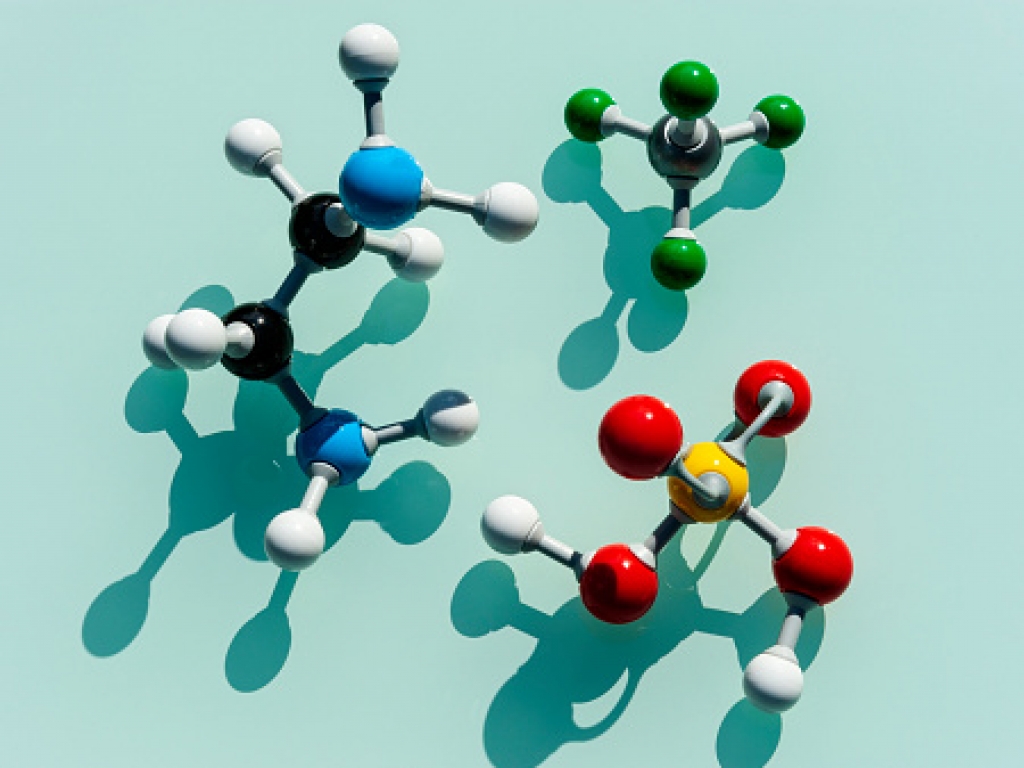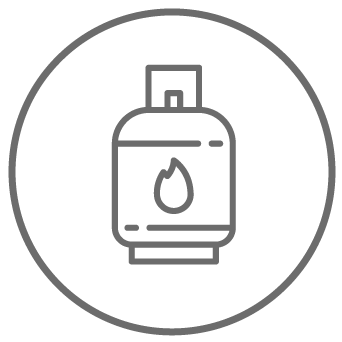Alkenes and alkynes - Aromatic compounds
06 Luglio 2022

Aromatic compounds refer to all hydrocarbons that contain multiple aromatic rings in their structure. In these cases, aromaticity is defined as lowering energy, and the progenitor of aromatic compounds is benzene.
There is no shortage of aromatic hydrocarbons, which are special closed-chain hydrocarbons with certain chemical properties similar to those of benzene and a particular odour. Aromatic hydrocarbons are formed by combustion of fossil fuels, wood, fats, tobacco, incense and general organic products such as municipal waste. They find use in the production of dyes, plastics, pesticides and medicines.
These include gasoline aromatic hydrocarbons such as toluene, which is used as a solvent to dissolve resins, oils, paints, glues, dyes and fats. It is an aromatic hydrocarbon with low toxicity.
Alkenes - Definition
Alkenes are hydrocarbons, which are organic compounds based on carbon and hydrogen that are acyclic, the simplest being ethylene. Most of the reactivity of alkenes is through double bond addition reactions. This addition can occur by ionic (electrophilic addition) or radical mechanism.
Alkynes - Definition
Alkynes are open-chain organic compounds consisting only of carbon and hydrogen atoms (and therefore belonging to the broader class of hydrocarbons).
As in the case of alkanes, the carbon atoms are joined together through covalent bonds to form an open, linear or branched chain; two adjacent carbon atoms are joined by a triple covalent bond, however. The alkyne with the lowest molecular mass is acetylene. The main characteristic of these compounds is their acidity, which allows the formation of salts called carbides.
The only alkyne of industrial interest is acetylene, an aromatic compound that is very unstable and dangerous to handle. It is stored in cylinders and stabilized with pieces of pumice stone saturated with acetone. The triple bond generates great reactivity, and by addition, saturated compounds can be obtained by converting the triple into a double bond.
Alkenes and alkynes – Chemical Formula
Turning to the chemical characteristics of alkenes and alkynes, it can be stated that:
- Alkenes are unsaturated hydrocarbons, that is, whose molecules possess at least one double bond between two carbon atoms. Alkenes have two fewer hydrogen atoms than the corresponding alkanes. For nomenclature purposes, the suffix -ano of the corresponding alkane is changed to -ene
- Alkynes are unsaturated hydrocarbons whose molecules possess at least one triple bond between two carbon atoms and meet the general formula CnH2N-2. In the nomenclature, it changes the -ano suffix of alkanes to -ino and numbers the position of the triple bond so that it corresponds to alkali with the lowest number. The first term in the series is ethino (acetylene according to traditional nomenclature), which has the molecular formula C2H2. The structural formula of acetylene is as follows: H-C=C-H
If you would like more information on hydrocarbons and aromatic compounds, you can contact Settala Gas, which has been in the distillation and processing of hydrocarbon gases since 1966 and operates a specialized production facility capable of meeting any quality requirement.
Contact us for more information about the world of hydrocarbons!
Contact us
Last News




